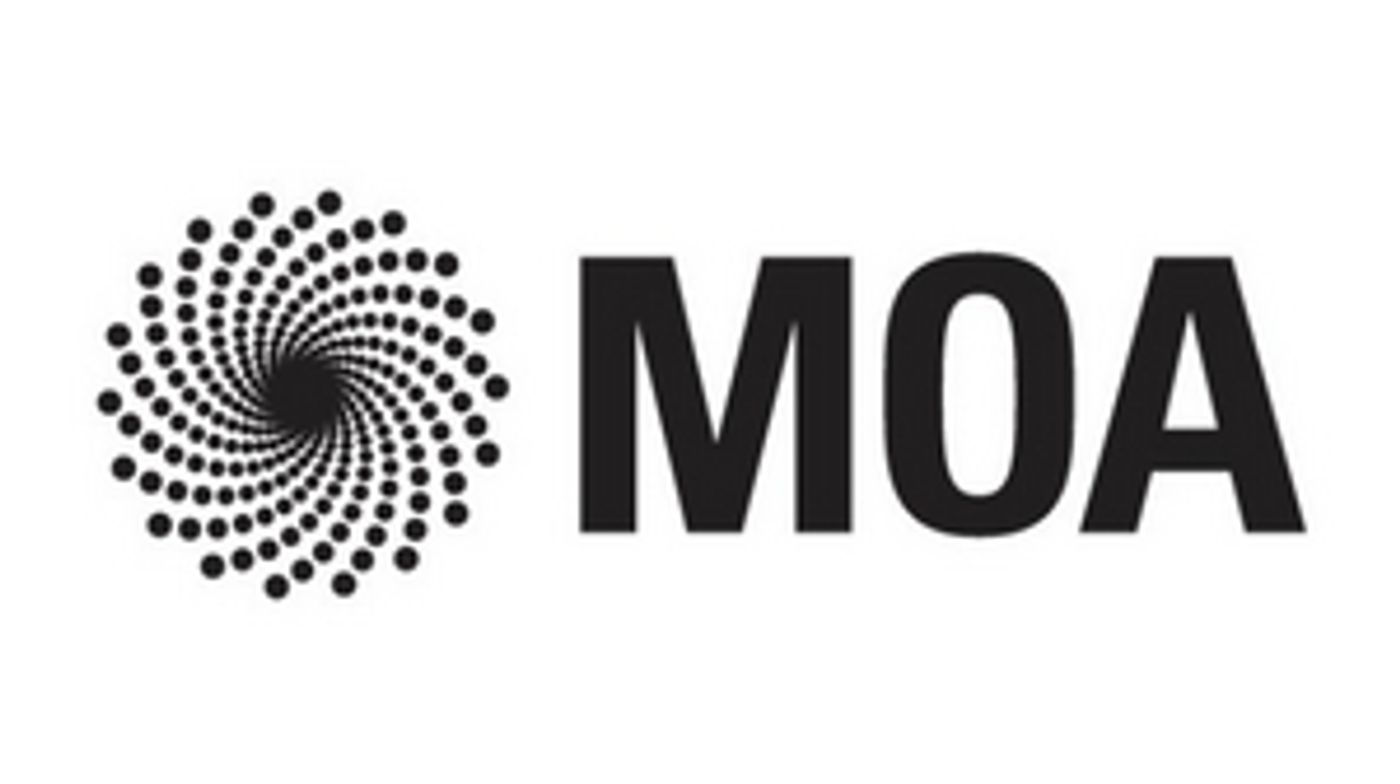MOA Spotlights Intersectional Art & Activism Of Mexican-American Xicanx Artists In Newest Exhibition
The exhibition will showcase for the first time in Canada the rich traditions of 33 Xicanx artists.

The Museum of Anthropology (MOA) at UBC and The Americas Research Network (ARENET) announce the world premiere of Xicanx: Dreamers + Changemakers / Soñadores + creadores del cambio, on display at MOA from May 12, 2022-January 1, 2023. The exhibition will showcase for the first time in Canada the rich traditions of 33 Xicanx artists, whose art practices draw on their Mexican-American heritage and generations of activism that began as part of El Movimiento, the Chicano civil rights movement of the 1960s and 1970s in the U.S. The exhibition is a celebration of the many Xicanx artists who have and continue to combine art and activism in the vital, ongoing fight for social justice for all. Xicanx is jointly curated by Greta de León, Executive Director of The Americas Research Network, and Jill Baird, Curator of Education at MOA.
"Xicanx explores the ongoing fight for social justice that countless Mexican Americans have consciously and sacrificially upheld over the last six decades through their art and activism," says de León. "Being Xicanx is a chosen identity. It represents so much more than just heritage, background, and gender; it's about accepting the responsibility to fight for their community, their culture, and their human rights. Xicanx offers a platform for visitors to explore the indelible impact that Xicanx artists, in particular, have made on the American Civil Rights Movement and beyond, addressing critical issues such as voting rights, education, land rights, immigration and labour rights. This exhibition connects the courageous past with present-day art activism, examining the essential mantle passed down through generations of Xicanx revolutionaries."
Adds Baird, "Xicanx offers an opportunity for Vancouver audiences to expand their knowledge of a critical social movement that has often been overlooked in American history. Reflecting many of the same issues experienced in Vancouver and Canada, including agricultural labour rights, Indigenous rights and student social justice movements, Xicanx art represents the many diverse voices and perspectives that have contributed to a lifetime of social justice initiatives on behalf of marginalized communities."
"Xicanx" - the neutral grammatical gender of Chicano/a - is a term that transcends borders and gender to represent the lived, multigenerational experiences of Xicanx people's personal, social and political activism. Largely identifying as Mexican American, Xicanx artists encompass many diverse backgrounds, including Mestizo/a (mixed ancestry with an Indigenous background), feminist, queer, non-binary, immigrant, and more. Working across all artistic mediums, Xicanx artists began their activism through art in the 1960s and 70s, rooted in the wider U.S. civil rights movement, and remain essential to the movement towards social justice today, speaking to issues of borders and immigration, racism and hate crimes, identity and belonging.
Xicanx features artworks by 33 Mexican American artists from Arizona, California, Colorado, New Mexico, New York and Texas, most exhibiting in Canada for the first time. The exhibition is centered around five themes: neighbourhoods, identity, borderlands, home, and activism. The works span from 1970 to 2022, and encompass predominantly paintings and prints, but also sculptural works, multimedia, and a newly commissioned, site-specific altar installation with a spoken-word video component celebrating "Rasquachismo," a term coined by eminent Chicano scholar Tomás Ybarra Frausto. Each theme will be accompanied by quotes from Xicanx writers, scholars or artists, thereby centering the voices of the community as the authors of their own story. Representing an expansive collection of Xicanx works, diverse in form, aesthetic, and theme, the curatorial variety showcases an inherent strength in the movement's diversity of thought, influence, and practice, while inclusive of their shared intercultural and intersectional identities.
Of the works that represent the earlier era of the Xicanx movement, one highlight is Rudy Treviño's Lettuce Field with Target and Skull (1975), a painting that confronts the labour unrest and immigration issues central to major protests and boycotts in the 1970s, primarily by Mexican and Mexican-American farmworkers.
Another highlight of early work is by renowned artist and muralist Judith F. Baca. Her groundbreaking performance installation Judith F. Baca as La Pachuca (1976) is represented in the exhibition with five photographs from the performance. In an artistic movement often dominated by the male lens, Baca plays with an unapologetically bold Chicana identity, dressed as a Pachuca, a rebellious woman.
Of note from more recent Xicanx works is Alejandro Diaz's Make Tacos Not War (2017), a simple, yet powerful, statement in neon sign form that feels especially resonant today, with multiple countries currently embroiled in various wars. The work is a call for peace and good food - two lifegiving elements essential to quality of life.
Roberto Jose Gonzalez' diptych El Paso 8/3/19 and No Hate, No Fear (2019) honours the 23 massacre victims in the El Paso, Texas Walmart shooting on August 3, 2019. Considered the deadliest attack on Latinos in modern American history, the horrific massacre is represented through skeletons, offering an important commentary on the violent act while simultaneously evoking the Mexican traditions of Día de los Muertos.
Essential to the Xicanx community are queer and non-binary artists, who express their struggle for representation and acceptance both inside and outside of their communities. Queer feminist Debora Kuetzpal Vasquez has created Citali: Cuando Eramos Sanos (2012), a cartoon anti-hero who challenges social and political issues pertaining to womxn and La Raza (culturally translated as "the people"). Non-binary artist Moises Salazar uses materials and practices unnecessarily termed women's work - crocheting, glitter, and textiles - to put forth their identity and ongoing struggle for acceptance.
The exhibition is accompanied by Xicanx Digital, an online platform with artists' contributions and essays on Xicanx film, food, music and murals. It is accessible in the gallery and online at xicanxart.com.
Tickets on sale now at: tickets.ubc.ca/moa![]()

Videos

